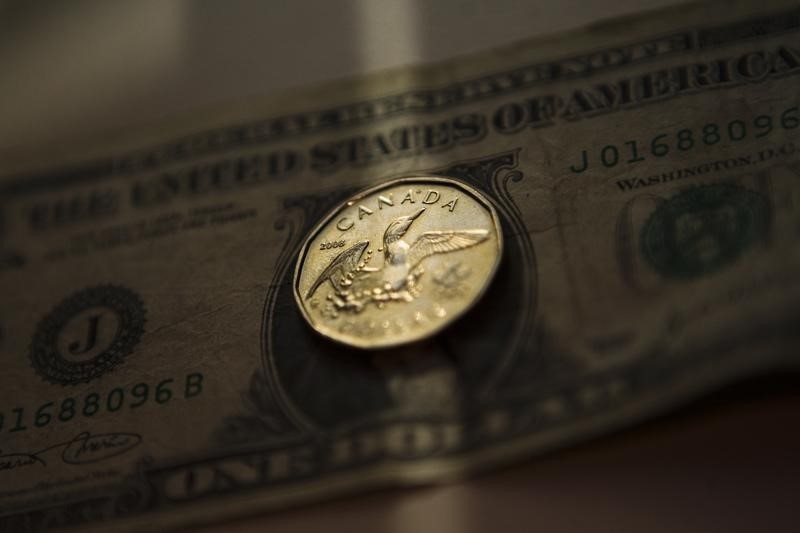Investing.com - The U.S. dollar climbed to fresh one-month highs against its Canadian counterpart on Thursday, after data showed that U.S. jobless claims held steady at a two-month high last week, but remained in territory consistent with a strengthening labor market.
USD/CAD hit 1.3339 during European afternoon trade, the pair's highest since October 1; the pair subsequently consolidated at 1.3338, gaining 0.54%.
The pair was likely to find support at 1.3152, the low of November 6 and resistance at 1.3432, the high of September 30.
The U.S. Department of Labor said the number of individuals filing for initial jobless benefits in the week ending November 7 was unchanged from a week earlier at 276,000. Analysts had expected jobless claims to fall by 6,000 to 270,000.
The greenback remained broadly supported as last week's strong U.S. employment data paved the way for the Federal Reserve to raise interest rates at its December meeting.
Market participants were turning their attention to a speech by Federal Reserve Chair Janet Yellen due later in the day, with hopes for further indications on the timing of a potential rate hike.
Meanwhile, the commodity-linked Canadian dollar continued to be pressured by declining oil prices. Crude oil futures for December delivery were down 2.47% at $41.88 at the open of U.S. trading.
The loonie was also lower against the euro, with EUR/CAD advancing 0.44% to 1.4315.
The single currency's gains were limited however, after European Central Bank President Mario Draghi earlier said that the central bank "will re-examine the degree of monetary policy accommodation" at its December meeting.
Speaking to the European Parliament, Draghi said inflation dynamics had somewhat weakened and that a "sustained normalization" of inflation could take longer to achieve than thought.
